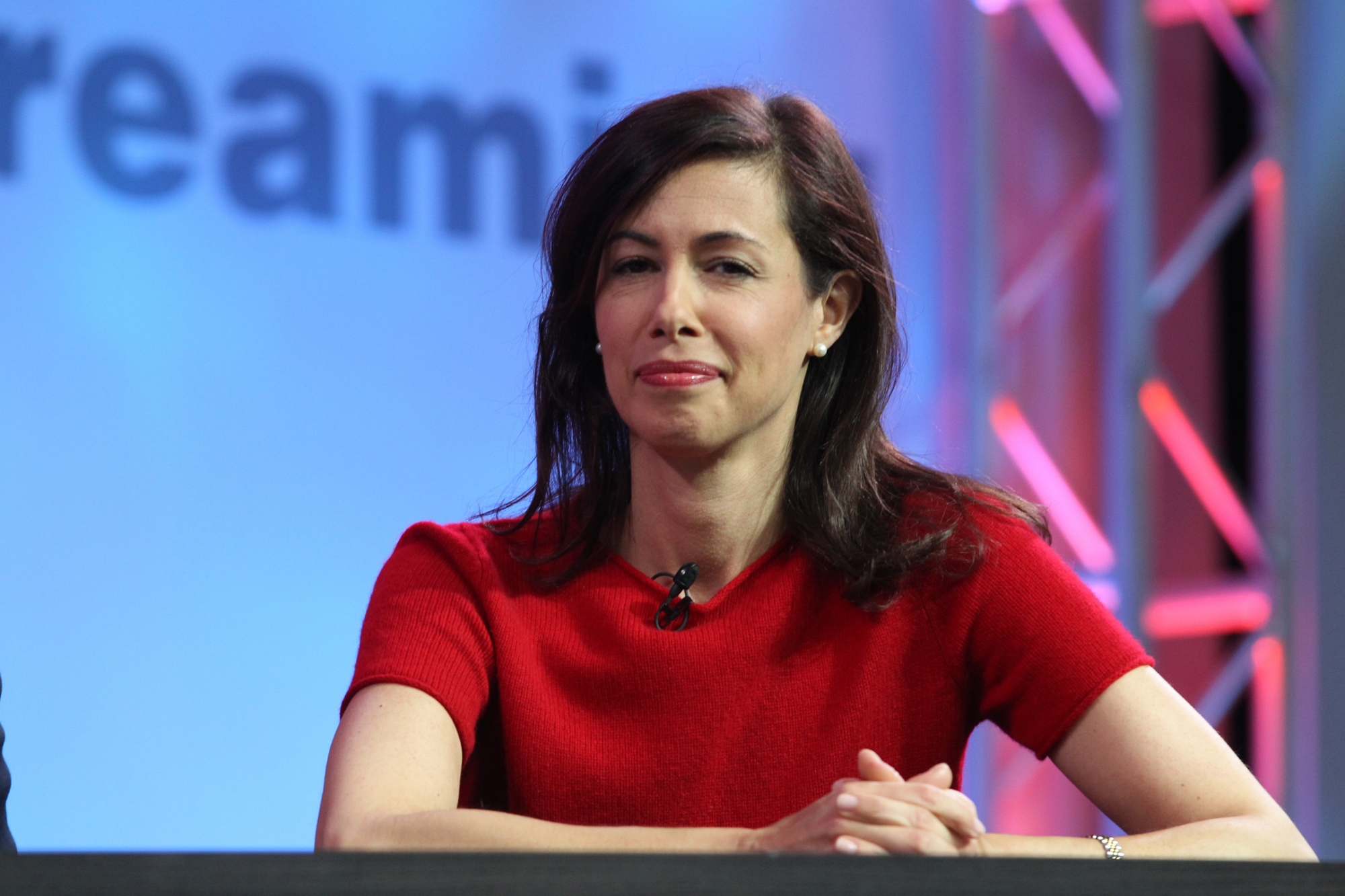Broadcasters Fight for NextGen Flexibility
Say relaxing DTS rules is key to being competitive

With a likely Democratic FCC unlikely to start freeing broadcasters from local ownership restrictions, it is even more important for broadcasters to have the flexibility to flex their online, interactive muscles.
If the Federal Communications Commission turns blue, as expected, the front-runners for chair are senior Democrat Jessica Rosenworcel and former acting chair Mignon Clyburn, and Rosenworcel will certainly be named acting chair in the interim.
Both voted against the FCC’s November 2017 broadcast deregulation order, saying it was simply a gift to “empire-building” broadcasters and a thumb of the nose to the public interest and diversity.
By contrast, the FCC Democrats have voted to support a broadcaster rollout of ATSC 3.0, the NextGen TV-branded advanced transmission standard that allows broadcast TV to be an interactive, targeted-advertising digital player, as well as provide wireless data backhaul and premium networks.
The FCC voted unanimously in June on a proposal to help promote broadcasting as a new ancillary/competitive broadband service by making it clear that legacy broadcast regulations do not apply to broadcast-delivered internet services like over-the-top video and data made possible by the ATSC 3.0 broadcast transmission standard.
But broadcasters have faced pushback from MVPDs that have called on the FCC to mandate that broadcasters deliver a high definition version of their primary channel before using spectrum for ancillary services — like those new programming networks — and want the FCC to boost the fee broadcasters already pay for using extra digital spectrum for those services.
Broadcasters understandably have been pushing back. The National Association of Broadcasters told the FCC last month that the agency needs to employ a light touch to those new services. “While broadcasters seeking to transition to ATSC 3.0 are taking a ‘broadcast first’ approach to the transition,” said NAB deputy general counsel Patrick McFadden, according to FCC documents, “the commission’s policies should encourage broadcasters to continue to invest in their facilities to improve their ability to offer service to the public, not stifle innovation.”
The smarter way to stay on top of broadcasting and cable industry. Sign up below
DTS a Major Concern
Another big issue is whether the FCC will allow broadcasters to expand their use of distributed transmission systems (DTS), which it is considering in a notice of proposed rulemaking but has yet to vote on. Broadcasters are pressing the commission to do so ASAP.
NAB executives have pressed FCC staffers on providing certainty in terms of additional flexibility to expand their ATSC 3.0 footprints, saying that would help them finalize plans for more ATSC 3.0 deployments, like that of Tegna. The broadcast group owner just signaled it plans to roll out ATSC 3.0 on KONG Seattle next month if the FCC gives the go-ahead. Tegna is one of those broadcasters looking to expand via its own True Crime Network, a digital multicast net that is also available on Roku and Amazon Fire TV.
Broadcasters have been squaring off at the FCC with powerful computer companies over the issue of DTS, arrays of smaller antennas that broadcasters want to deploy to expand their coverage. Computer companies led by Microsoft are opposed because that could reduce the amount of broadcast “white spaces” spectrum they use to deliver wireless broadband to rural areas.
Taking a page from cellular buildouts, broadcasters want to be able to densify their broadcast networks with smaller transmitters distributed throughout their service areas. Tech firms argue that would be a “giveaway” that will take away from their ability to use broadcast “white spaces,” the unused spectrum between channels, for wireless broadband.
Broadcasters also want protections for DTS signals that spill over their maximum coverage areas. They argue that viewers will benefit from better coverage at the edges of their service areas and that the spillover beyond a station’s current service area is the unavoidable result of that public-interest benefit.
Tech firms, led by Microsoft, are pushing back.
In meetings earlier this year with FCC staffers, Microsoft executives argued against DTS rule changes, saying that broadcasters could try to get individual waivers to extend DTS, but allowing broad expansion would create a more seamless broadcast Internet coverage footprint into an adjacent community “without commission assignment of spectrum for that purpose, as is required.”
It argues that continuing to limit a DTS signal to “only a minimal amount beyond the station’s noise limited protected contour” could be combined with a waiver process to allow stations to reach communities just beyond their current contours.
Microsoft executives have reiterated those arguments to Alexander Sanjenis, media adviser to FCC chairman Ajit Pai, though both broadcasters and computer companies will want to start focusing on the Democrats who will be taking control.
Contributing editor John Eggerton has been an editor and/or writer on media regulation, legislation and policy for over four decades, including covering the FCC, FTC, Congress, the major media trade associations, and the federal courts. In addition to Multichannel News and Broadcasting + Cable, his work has appeared in Radio World, TV Technology, TV Fax, This Week in Consumer Electronics, Variety and the Encyclopedia Britannica.

